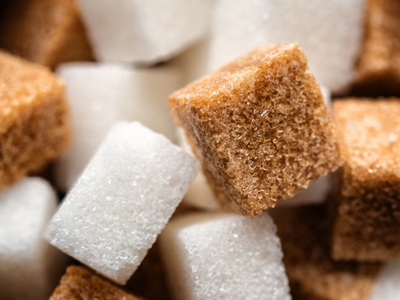
The Fight to Abolish Slavery 02
See how much you can remember from your KS3 History classes in this quiz on the fight to abolish slavery. In the 1760s, Britain transported and sold more slaves than all the other countries put together. Granville Sharp was one of the sons of the Archdeacon of Northumberland and had a strong social conscience. He was involved in many different good causes, but is best known as being one of the founder members of the Society for the Abolition of the Slave Trade in 1787 which campaigned for the next 20 years.
Despite the Slave Trade Act of 1807, slavery continued and slaves were traded illegally. The Anti-Slavery Society was founded in 1823. The politician most associated with this society is William Wilberforce. As a result of campaigning and perhaps because of a massive slave revolt in Jamaica, the Slavery Abolition Act was passed by parliament in 1833. Sadly, William Wilberforce died just over a month before this. The Act gave compensation to slave owners, including some notable figures such as the Bishop of Exeter.
Ready for more?
not all...
quizzers. Try to win a coveted spot on our Hall of Fame Page.







